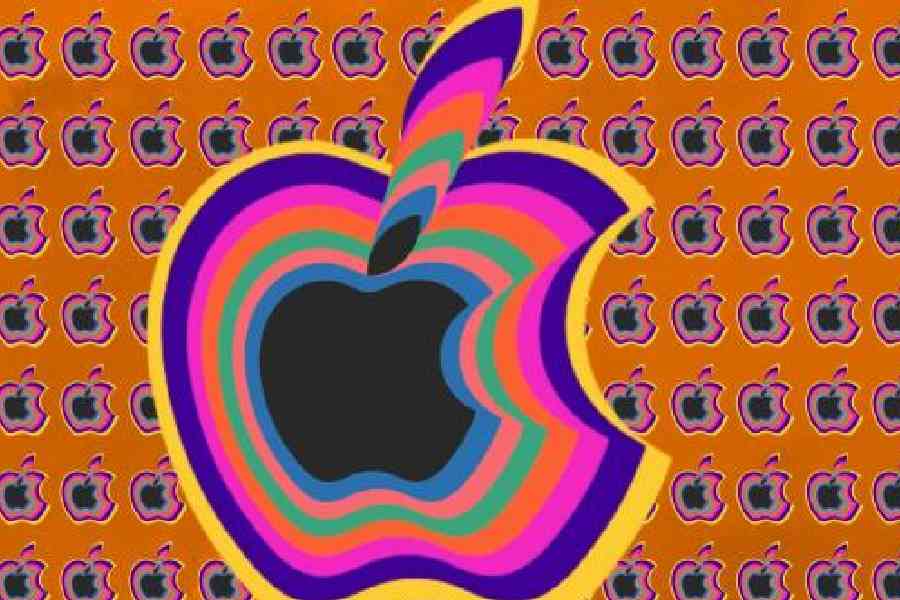Last year, Apple boarded the RCS bandwagon, giving its users the ability to exchange rich text messages with their Android counterparts. But what about the encryption of these messages? The Cupertino HQ-ed company has said it will add support for encrypted RCS messages in future updates to iOS, iPadOS, MacOS and WatchOS. So, what does that mean for you?
What is RCS messaging?
In simple words, RCS was seen as a replacement for SMS. It allows users across platforms (Apple and Android) to enjoy the same features as other rich messaging channels like Apple iMessage or WhatsApp. RCS allows texts between iPhones and Android devices to include larger file attachments, higher-resolution photos and videos, audio messages, read receipts and many other features.
What is happening now?
Apple has announced it will add support for end-to-end encryption (E2EE) for RCS messages, bringing the protocol much closer to iMessage in terms of security standards. The GSM Association announced that the latest RCS standard includes E2EE based on the Messaging Layer Security (MLS) protocol.
The new RCS Universal Profile 3.0 including end-to-encryption was released last week, so it remains to be seen when the support will ship to consumers. Apple helped lead a cross-industry effort to bring end-to-encryption to the RCS Universal Profile.
According to the GSM Association, it had started working towards enabling E2EE on messages sent between Android and iPhone in September last year.
“End-to-end encryption is a powerful privacy and security technology that iMessage has supported since the beginning, and now we are pleased to have helped lead a cross-industry effort to bring end-to-end encryption to the RCS Universal Profile published by the GSMA. We will add support for end-to-end encrypted RCS messages to iOS, iPadOS, macOS, and watchOS in future software updates,” Apple said in a statement.
How does it
affect you?
The privacy and security feature stops third parties, such as messaging providers or cell carriers, from viewing the content of your texts. Last December, the FBI and Cybersecurity and Infrastructure Security Agency (CISA) advised mobile users to stick with messaging apps that use encryption by default.
Apple has offered E2EE since it launched iMessage in 2011, though that only worked between iOS devices, while WhatsApp completed its E2EE rollout in 2016 (it only worked between WhatsApp users). Google has previously added E2EE to its own Messages app.
Encrypting messages across different platforms has its challenges and that’s where GSMA’s universal profile enters the picture, offering a standardised specification for consistent, interoperable RCS messaging across devices, networks, and operators.
“That means that RCS will be the first large-scale messaging service to support interoperable E2EE between client implementations from different providers…. Together with other unique security features such as SIM-based authentication, E2EE will provide RCS users with the highest level of privacy and security for stronger protection from scams, fraud and other security and privacy threats,” said GSMA technical director Tom Van Pelt.
Remember, end-to-end encryption means the decryption keys for conversations are only available on your device, and no backend technology is able to intercept and read them. iMessage has offered end-to-end encryption since its inception.
Doesn’t Apple already have RCS support?
Apple introduced RCS support to iPhones as part of an iOS 18 update in September. Apple’s iMessage system already supports E2EE but this wasn’t extended to RCS messaging because the previous RCS standard didn’t provide cross-platform support.
Google Messages also enabled E2EE by default for RCS texts, but only conversations between Google Messages users were E2EE, and not those exchanged with iMessage users or users of other RCS clients on Android.











